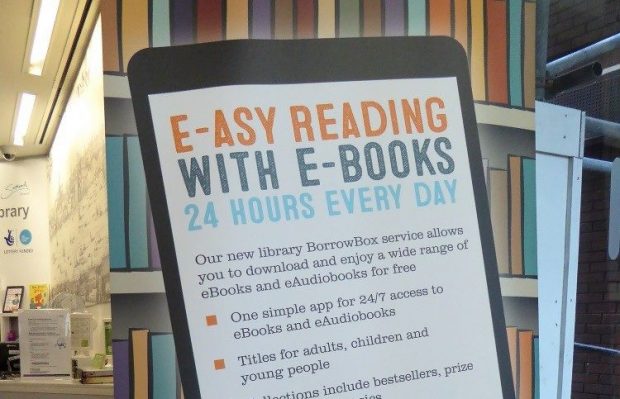The British Library has just made payments to around 22,000 UK authors and rights holders. Why does it do this? This is because the British Library is responsible for gathering data on what books are borrowed in public libraries for the UK’s Public Lending Right (PLR) scheme. The UK is not alone in doing this - 35 countries around the world have PLR systems.
So what is Public Lending Right?
Under the UK PLR system authors receive payment from government funds to remunerate them for the lending of their books in public libraries. This includes not just authors but illustrators, photographers, translators and editors. Payments are made annually from a fixed pot of money (with the British Library taking some administrative costs).
How does it work?
To qualify for payment, applicants must apply to register relevant editions of their books, audiobooks, e-books and e-audiobooks. Some authors do, some don’t for a variety of reasons.
The loans data from a representative sample of public library services is collected over the period of a year (1 July to 30 June). This is then multiplied in proportion to total library lending. Each registered book ends up with an estimate of how many times it has been loaned throughout the UK. The rate per loan (or pence per loan) is calculated based on the size of the government fund available and the number of books lent.
The rate per loan figure is then recommended by the British Library to DCMS, and we consult with interested parties (the library sector and rights holders). We then lay a Statutory Instrument to approve the new rate per loan before payments to authors are made. A Statutory Instrument is a form of legislation which allows the provisions of an Act of Parliament to be subsequently brought into force or altered without Parliament having to pass a new Act. In this instance the public lending right for authors is established in a 1979 Act, with an annual Statutory Instrument approving the revised rate per loan.
For the PLR scheme year 2018 to 2019, the new rate per loan is 9.03 pence. This came into force on 4 February. The maximum amount anyone can receive in a year is £6,600 and the minimum is £1 with the money coming from a fixed pot of money.

This is the first year the PLR scheme has included e-books and e-audiobooks. The change means that authors are eligible for payment in the same way whether their works are borrowed electronically or as physical books. E-lending has risen dramatically in the last few years and digital visits to libraries are now at 101.2 million digital visits a year (2018 to 2019, CIPFA). The UK is one of the first countries (alongside Canada and Denmark) to extend its library lending compensation scheme to remote e-lending.
3 comments
Comment by Chris Clarke posted on
How does the survey take account of lending through community managed public libraries, which are not part of a local authority network?
Comment by Charlotte Lane posted on
The Public Lending Right is applicable to loans made from libraries falling under the statutory control of the relevant local authority. Where a library is managed by the community or community groups and the local authority decides that the library remains within its statutory responsibility and ultimate control, then PLR would apply to loans from the library. PLR legislation does not currently extend to libraries outside the council's network.
Comment by Christopher Clarke posted on
Thanks for the comment. I thought that this was probably the case. You might like to keep an eye on the subject, as authors are going to lose out significantly if more libraries leave the "statutory" network.